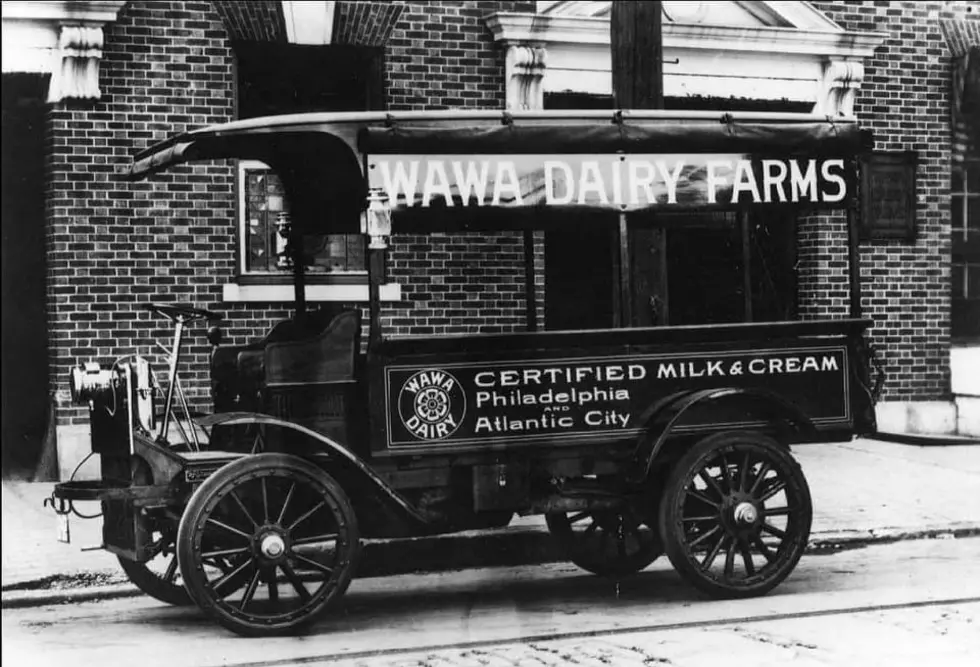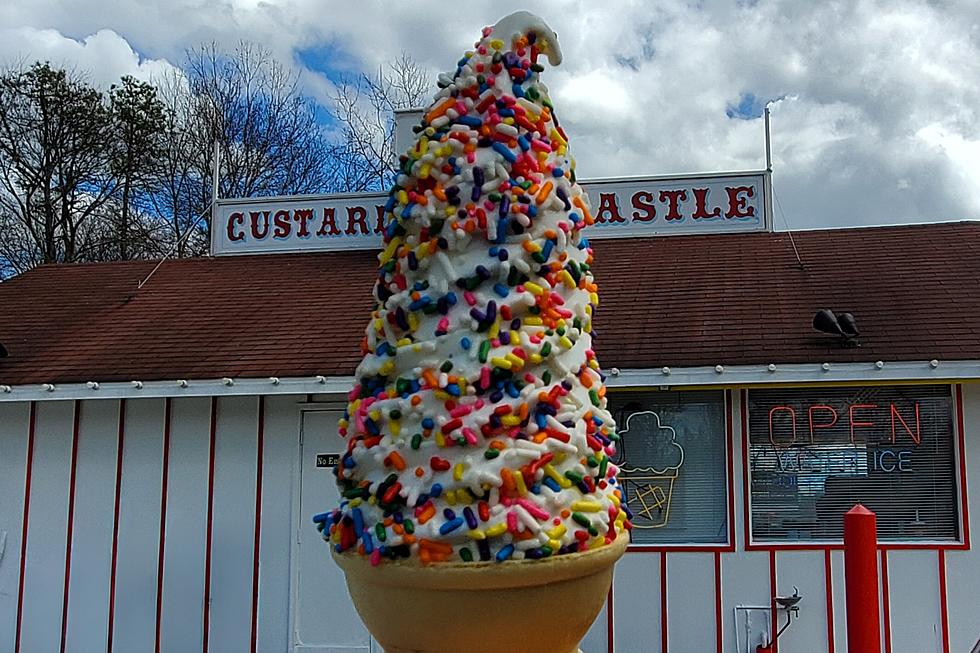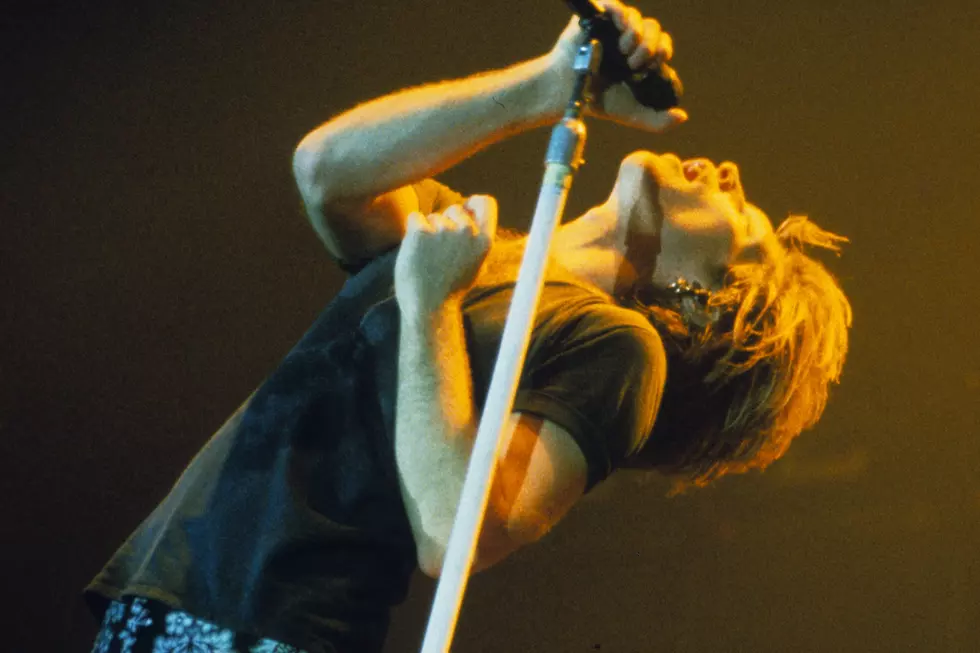
Are School Bus Ads Really Worth It?
New Jersey is one of just 10 states that allow advertising on school buses, but there continues to be a debate on whether the program is actually worth it.
Gov. Chris Christie signed the law in early 2011 permitting school districts to sell ads for the sides of buses that they own or lease. But, nearly five years into the program, only a fraction of the 277 eligible districts are participating.
Jack Calkin, school bus advertising director at EIRC (Educational Information and Resource Center), said 23 school districts are taking part. EIRC helps match districts with advertisers in exchange for 35 percent of the revenue. The school district receives the other 65 percent, half of which must be used for fuel costs.
Calkin believes the program is a win-win and is noticing an uptick in district and advertiser participation as they become more familiar with it.
“The program brings in revenue for the districts, which is much-needed,” Calkin said. “The money is out there. It depends on the district and the location of those districts on how much they’ll actually make.”
With so many school districts facing budget issues, Calkin said this is another potential source of revenue for them.
“Gapping a budget deficit they may have, so this out there to help them bridge that gap,” he said.
But, this is where some opponents of the program begin their argument. Most of the participating districts have only taken in a few thousand dollars in bus ad revenue over the last few years. Jackson ($37,000) and Washington Township ($20,000) have been the most successful.
However, when you consider the average cost per pupil in New Jersey is $19,211, the revenue figures hardly cause a ripple.
Josh Golin, executive director of the Campaign for a Commercial-Free Childhood, said since they are not making a lot of money from the ads, it is not worth it to commercialize the school experience and risk kids being potentially exposed to ads for harmful products.
“When you really look at it, what we’re talking about is a dollar or two per student per year per district,” Golin said.
Calkin points out, though, that there are very strict rules in place for the types of ads permitted on buses. Schools are prohibited from displaying ads that promote politics, religion, sexuality, gambling, tobacco, or alcoholic products, among others.
“We pretty much filter that out, so everything we bring them is a pretty decent ad,” Calkin said.
The typical advertisers, he said, are colleges, hospitals and local businesses, not commercialized national products.
While Golin concedes the state law has many safeguards for content in place, he feels there are some gray areas, especially if the program grows in popularity and becomes more lucrative.
“It does prohibit some stuff, but a lot of stuff that would be concerning to parents could get through,” Golin explained. “It’s a very slippery slope and if the brands that want to target children with harmful products are offering more money, it’ll put schools in a very bad position,”
He cites fast food restaurants and violent video games as two examples of harmful products not prohibited under the state law, which could see value in advertising on buses full of children.
“It’s actually a lose-lose. The school districts get very little money and what they are doing is taking a dangerous step towards commercializing their school buses in their school districts, and becoming advertisers to students.”
More From WPG Talk Radio 95.5 FM










